RAISED BEDS
RAISED BEDS

Our raised garden beds are not necessarily crucial for “high-altitude” gardening, but are our choice. Our raised beds at 28″ high are like a dream come true! It is such a joy to go out and work in the garden with the beds at this height. I am only 5′ tall, so for me these beds are almost at waist height, and it is so much easier to work, plant, harvest, pull weeds, pick out bugs, etc. In 2018 I fractured my hip, and I could not have done all the work I did that next summer without these raised beds.
The benefits of raising vegetables in raised beds are many:
- the soil can be built according to specific needs, and can be altered on a bed-by-bed basis
- the weeds, and to some extent pests, are kept out of the vegetable beds
- beds are not walked on and packed down
- beds can be built at a height easier for working (no bending over!)
- water can be retained in the beds more easily
- hoop frames can be easily attached for bed coverings such as plastic or shade cloth
- soil can be warmed more quickly for earlier planting
Okay, just to be fair, there are disadvantages to raised beds.
- materials can be costly
- they can initially take time to construct, and may require some construction aptitude (which thankfully Tim possesses)
- uh…I can’t think of anything else
 SOIL IN THE RAISED BEDS
SOIL IN THE RAISED BEDS
After constructing our raised beds, they needed to be filled with good soil. We didn’t want to spend extra money on topsoil, prepared garden soil products, etc., and wanted to use materials on hand. We had our natural soil tested. It wasn’t all that bad to begin with, but needed more organic matter. That we have! When we moved here two years prior to building the garden, we knew we would want a garden and in preparation began composting, adding our duck manure and bedding to the heap along with kitchen scraps, horse manure and other organic matter from the property. Additionally, we saved a large pile of horse manure to age until the garden would be built. Our garden soil in our beds was prepared with layers of the aged manure, natural rock-free soil found on our property, duck manure & bedding, aspen leaves raked up from under the trees, and about 3″ of the compost we had created at the top layer. As the layers were put down, we lightly mixed the materials together and watered after every 3 layers or so.
All went well, the soil seems good. It ranges around 6.5 ph. For plants that require more alkaline or acid, the soil is adjusted. The only downfall for us has been an overpopulation of GRUBS. I suspect that eggs had been laid in the aging pile of manure. I checked the remaining manure pile, and sure enough, it is filled with grubs as well. I am currently working on controlling them before they become beetles. So far the damage has been minimal. (July 2017) I frequently find the ducks climbing over the pile eating the grubs: Yay, Ducks!



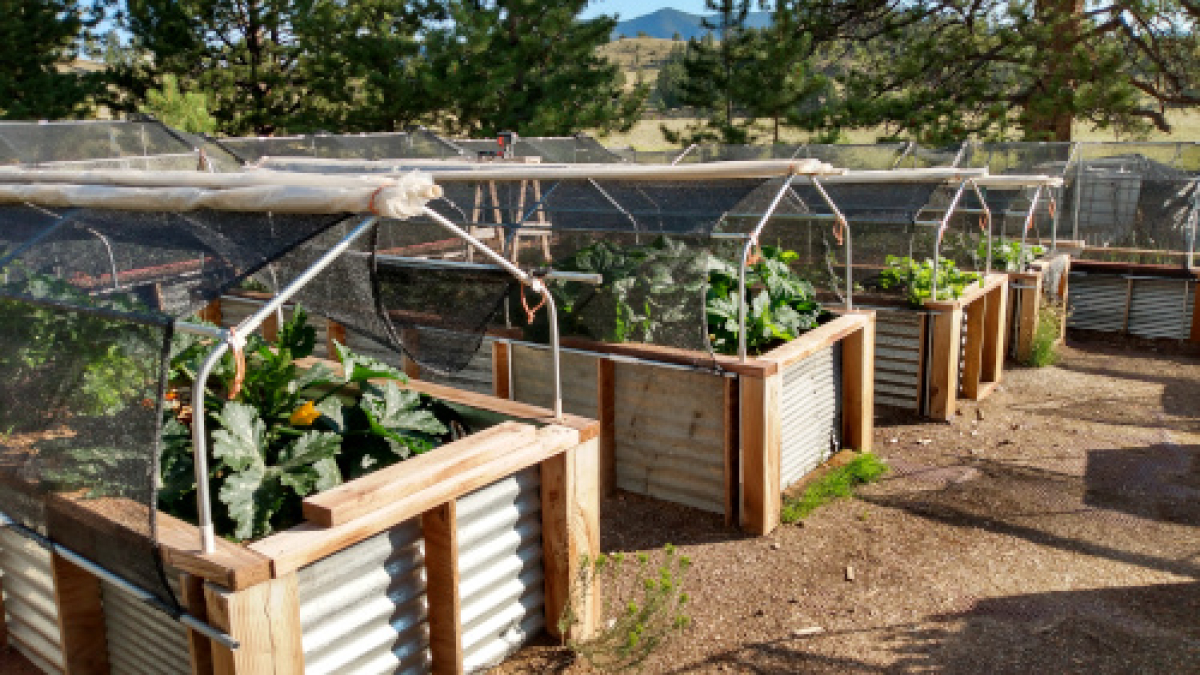





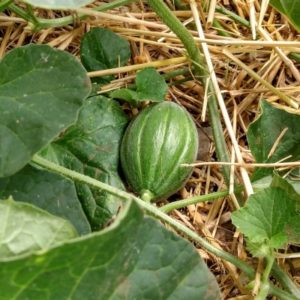


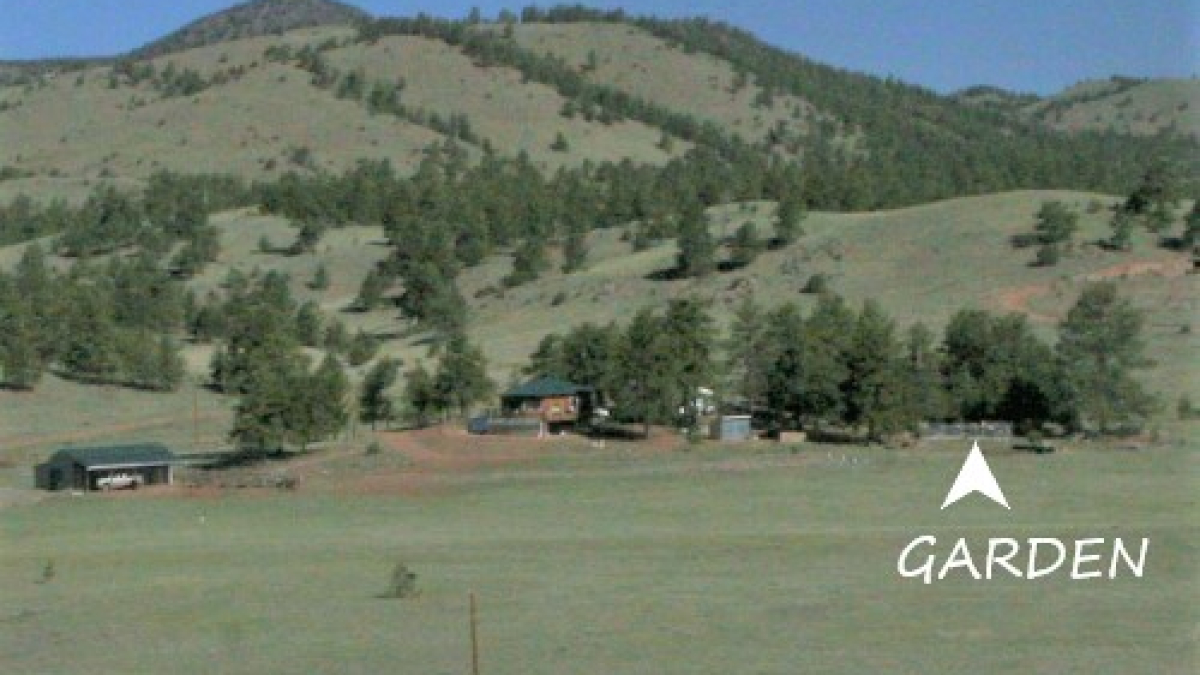


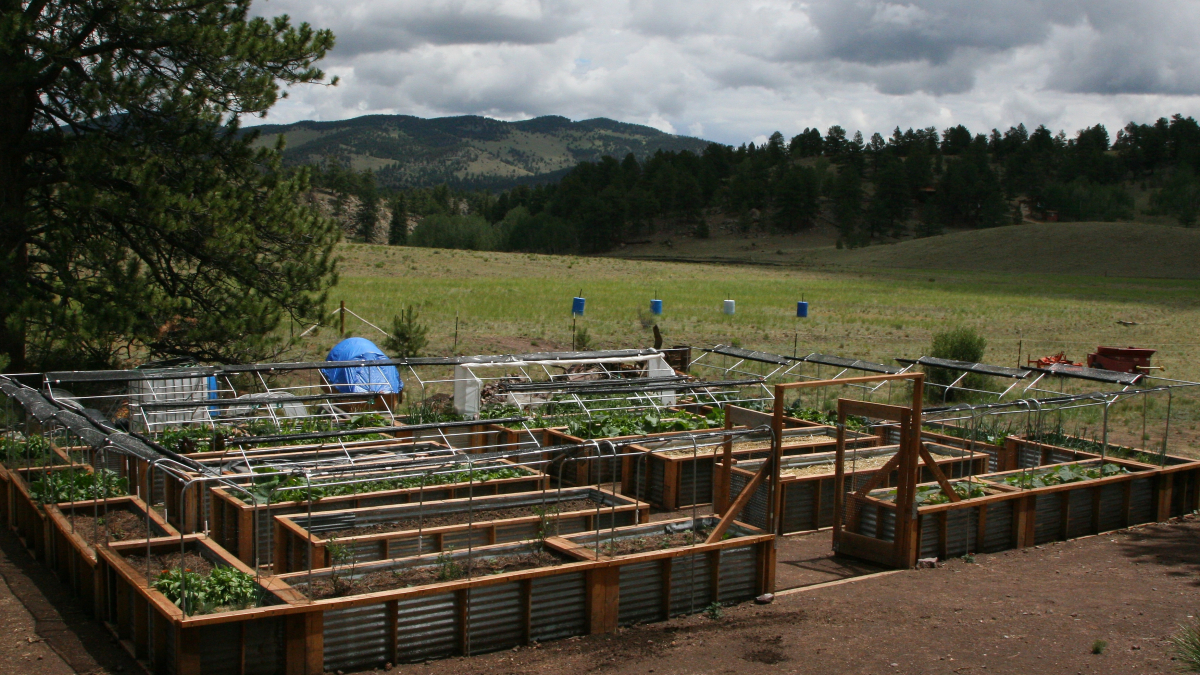
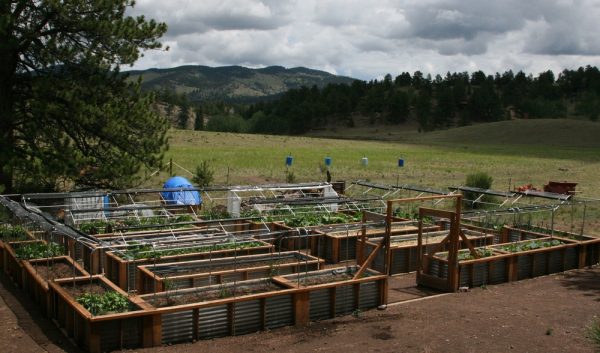






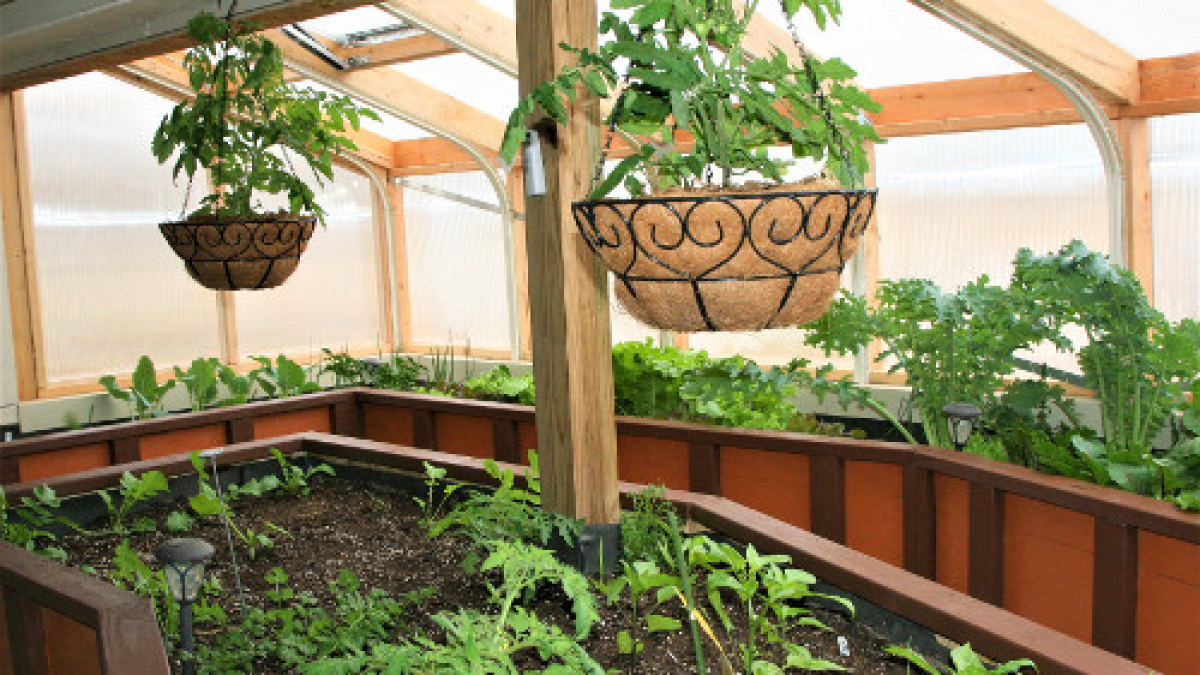





 When planting the beds by the windows, I had planted some of the larger things, such as kale and swiss chard, at the back of the beds, thinking that the shorter plants in front should be more accessible to me, but I wasn’t thinking about the larger plants by the windows shading the plants closer to the inside edge. Although the shorter plants may be harder to get at, they should have been planted closer to the windows behind the taller plants from the perspective of where I stand to work.
When planting the beds by the windows, I had planted some of the larger things, such as kale and swiss chard, at the back of the beds, thinking that the shorter plants in front should be more accessible to me, but I wasn’t thinking about the larger plants by the windows shading the plants closer to the inside edge. Although the shorter plants may be harder to get at, they should have been planted closer to the windows behind the taller plants from the perspective of where I stand to work. 
